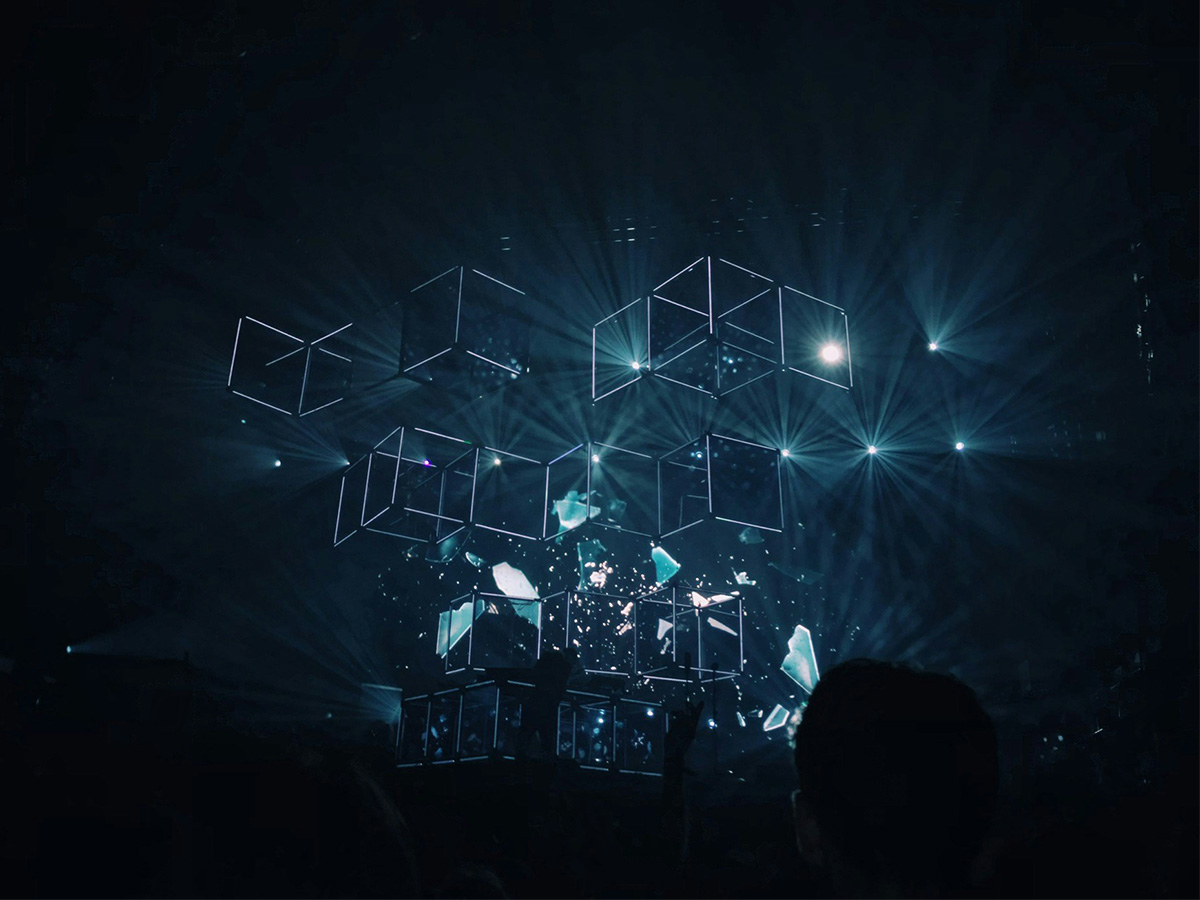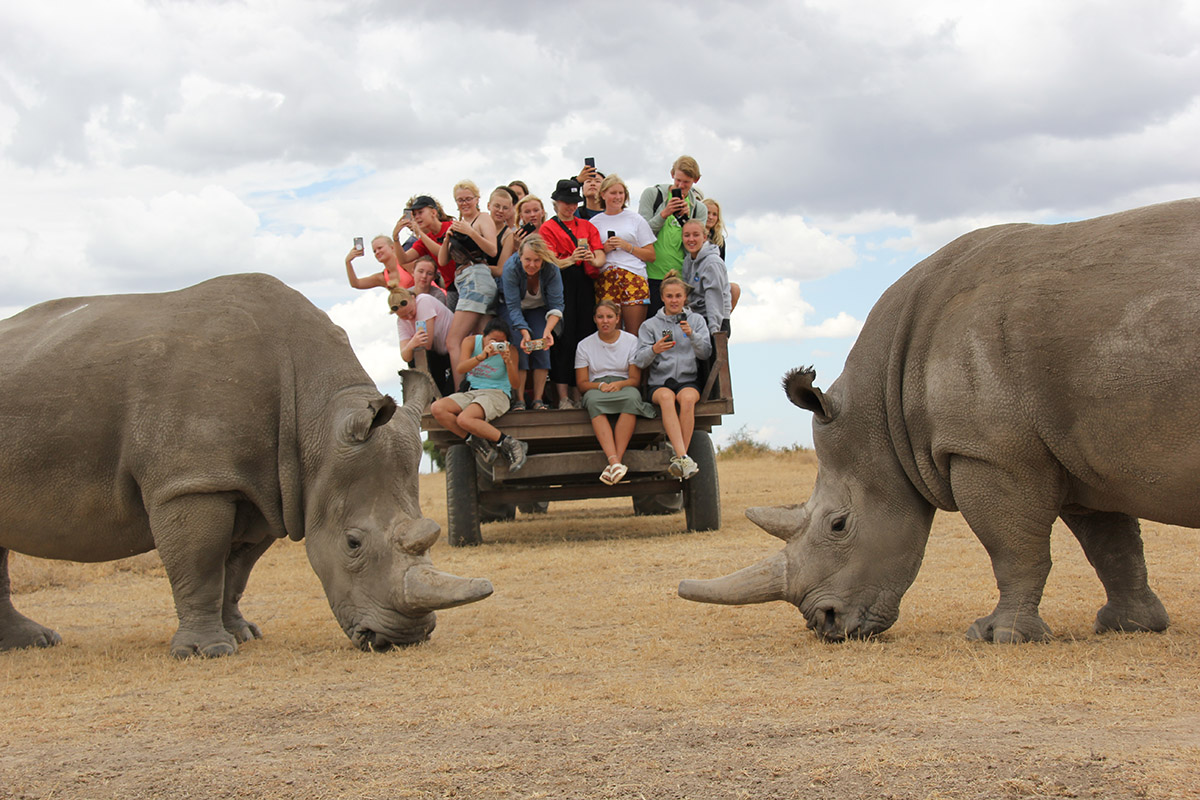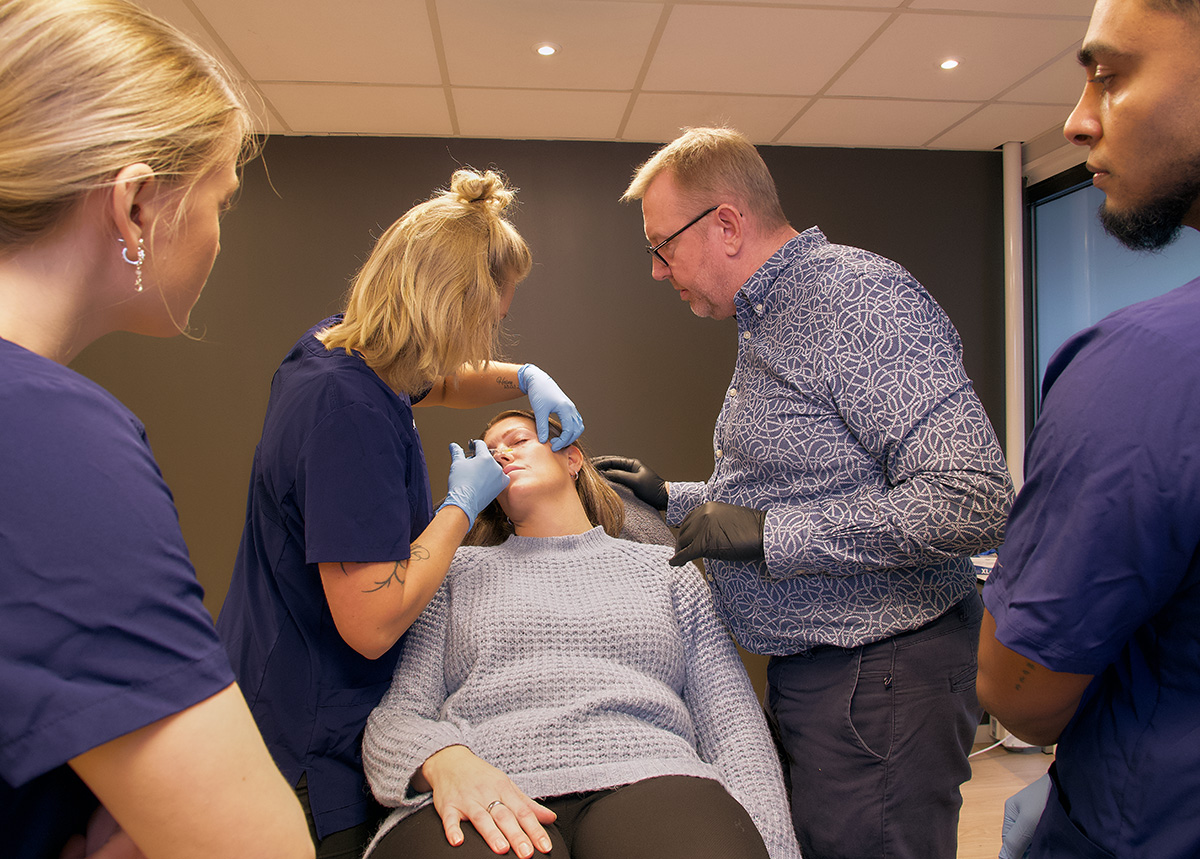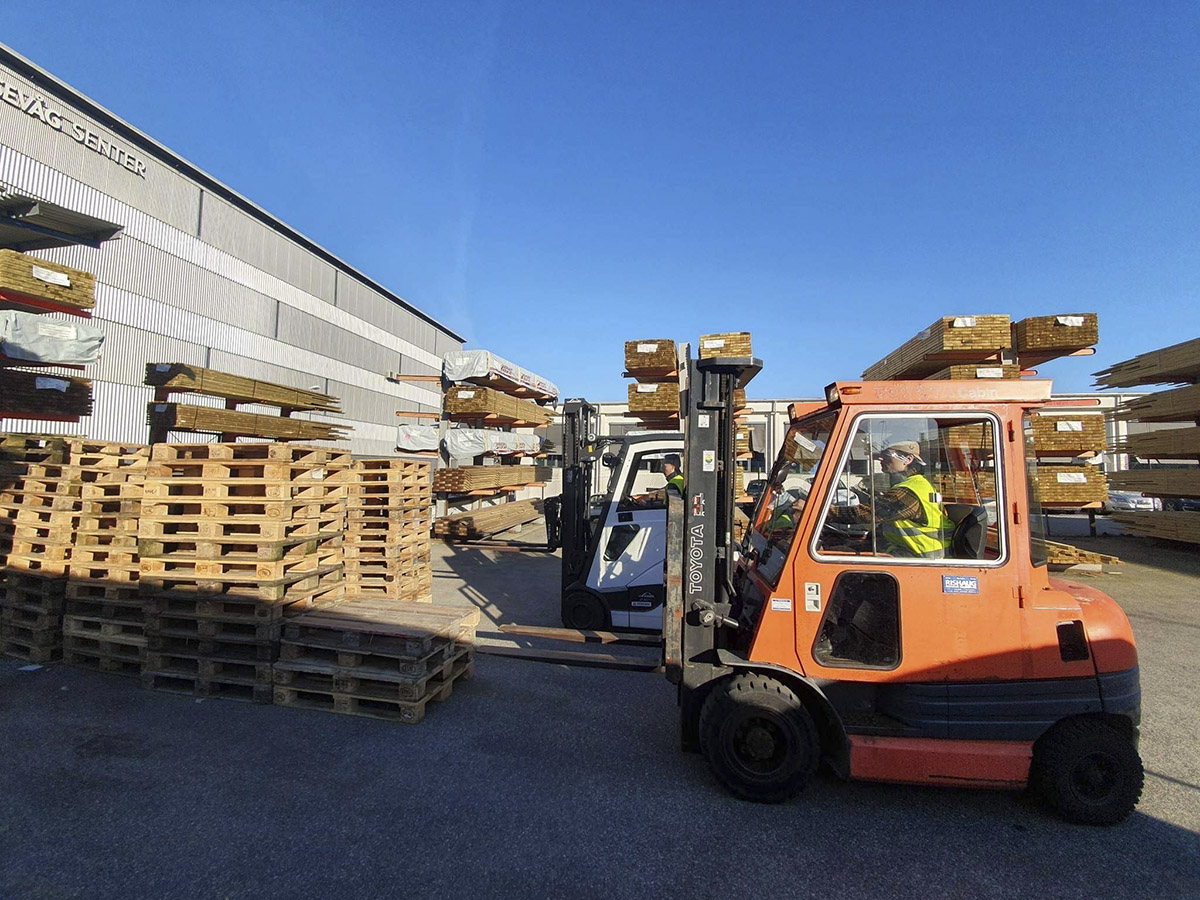Grennessminde: Tailor-made learning
By Karen Gilmour Kristensen | Photos: Grennessminde i Taastrup
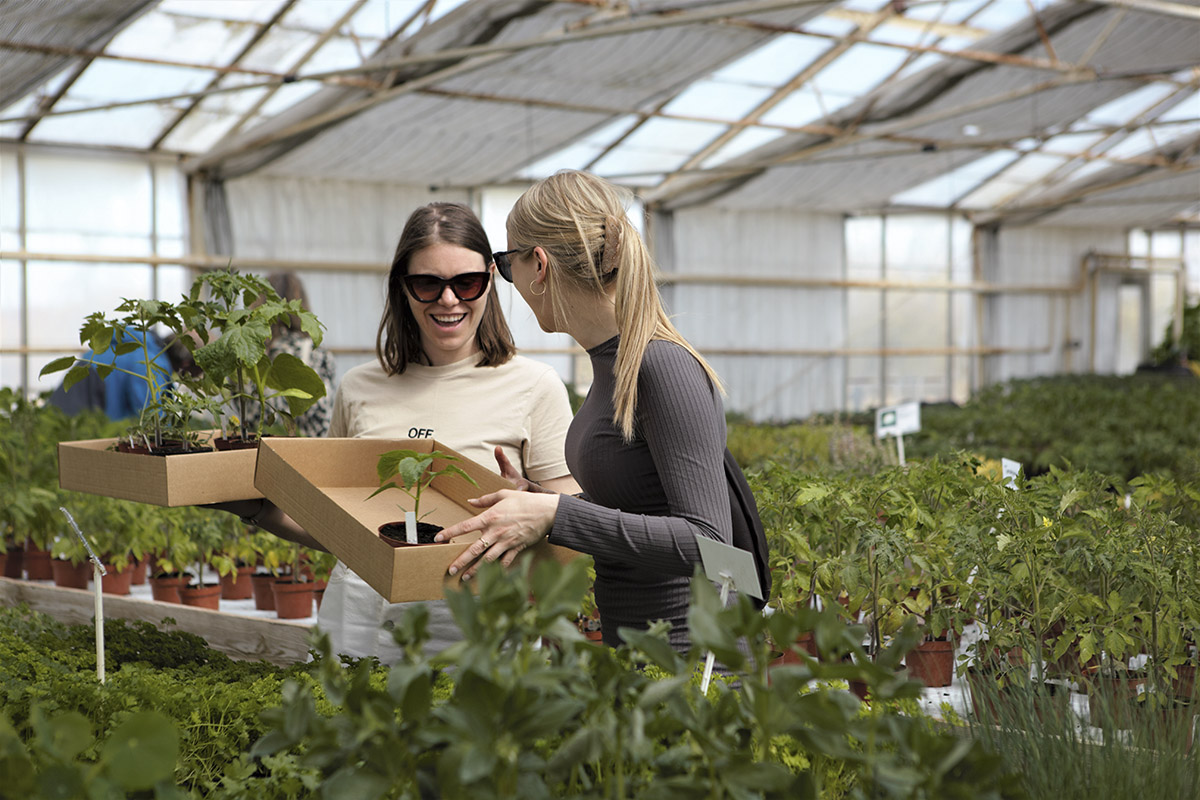
In a beautiful green space, close to Taastrup and just 20 minutes away from Copenhagen, lies Grennessminde. Here, an educational programme is offered for those who don’t fit in with the general education system or labour market. Open to the public, the area also has a lot to offer for anyone into nature, plants and animals.
Grennessminde in Taastrup is a residential, work and education centre for vulnerable young people up to 30 years of age with developmental delay, learning disabilities or other mental illnesses. “We try to keep the young people occupied,” says spokesperson Andreas Hjorth Rasmussen. “This can prevent them from falling ill, which might happen if they just sit at home all day.”
The educational programme is called Særligt Tilrettelagt Ungdomsuddannelse (Specially Organised Upper-Secondary Education) and it’s implemented all over Denmark. Its focus is on adjusting the programme to the individual – not the other way around. STU at Grennessminde is very practical and hands-on. The young people can choose between gardening, working at the smithing workshop, tending to the animals, working in the bakery or kitchen, or selling coffee and cakes in the café.
“It’s important they make things that are truly useful for other people,” Rasmussen says. “And we believe that all of our young people are capable of contributing, even if they can only do shifts of a few hours.” Whenever a young person is sent to Grennessminde, their stay is primarily financed by the local council. While the stay is proposed by the council, the young person has the final say in whether they wish to go there or not.
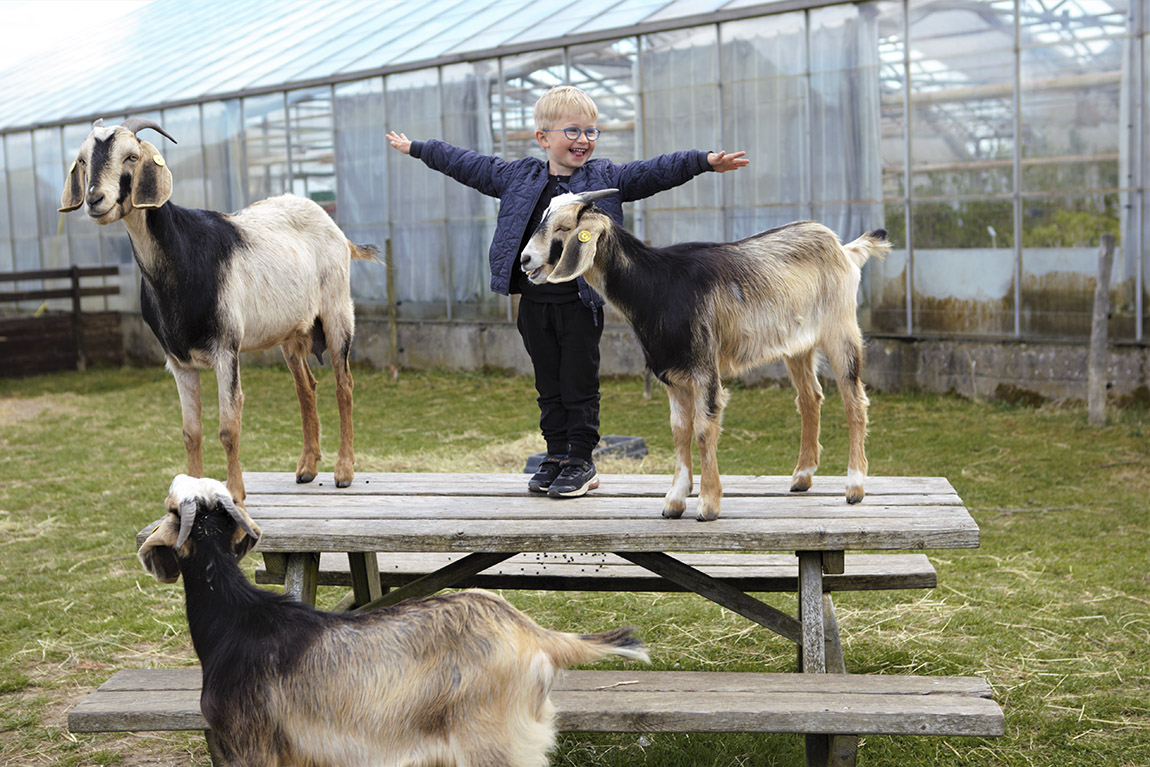
Picking plants
Grennessminde is open to the public and they welcome a lot of guests, especially at weekends. As a guest, you can walk around the area, visit one of Grennessminde’s greenhouses and purchase various plants, or buy bread from the skilful bakers in the bakery. The café, which also sells bread and pastries from the bakery, is open from Tuesday to Sunday, and during weekdays the young people take shifts there.
“We also have a field for picking your own fruit,” Rasmussen says. “In the field you can pick fruits and veggies such as squash, strawberries, garlic and even wildflowers. Similarly, you can pick tomatoes and cucumbers in some of our greenhouses.”
There is also an Instagram-friendly dome which can be rented for meetings during weekdays and private parties at weekends. Behind the glass facade is a room with space for 35 sitting guests and the entire dome can house up to 149 people.
If you like animals, Grennessminde has even more attractions. Here, you’ll find donkeys, sheep, mini pigs, turtles, geckos, rabbits and fish. The newest addition are some Scottish Highland cattle and there are also horses, used for riding therapy with the young people. The area is open at all times for visitors to come and look at the animals.

What is normal?
When working with vulnerable youth at Grennessminde, validation is key. “We try to validate the abilities of the young people and help them build their confidence,” Rasmussen explains. “Rather than focusing on the things they can’t do, we strive to figure out how to use their resources in a meaningful way. We want them to take pride in their accomplishments.”
Through charts and other forms of visual representation, all staff at Grennessminde attempt to find the things the young people are good at and allow them to do those things. The pedagogical approach is relatively simple and practical, since most of the staff are not educated in the field of pedagogy; instead, the young people are taught by carpenters, gardeners and chefs.
Why is this work so important? According to Rasmussen, there are two main reasons. The first is a personal one: “It’s very rewarding for the other employees and myself to work with this group,” he explains. “At Grennessminde, it’s easy to see how the job you do helps to make the world a better place. The young people are happy and for us, this makes our jobs meaningful.”
At the same time, there is also an economic aspect. The cost to the state of disability benefits and care homes is high. “But the alternative could be much more expensive; for example, if some of these people were to fall ill or end up on the street,” Rasmussen says.
He hopes Grennessminde can play a part in making society more inclusive. “Our society can be managed differently,” he says. “We don’t have to be normal. Is anyone even normal? We all have our idiosyncrasies. We must include these people in our society to make them less marginalised. If they’re around everyone else, being different will seem less problematic.”
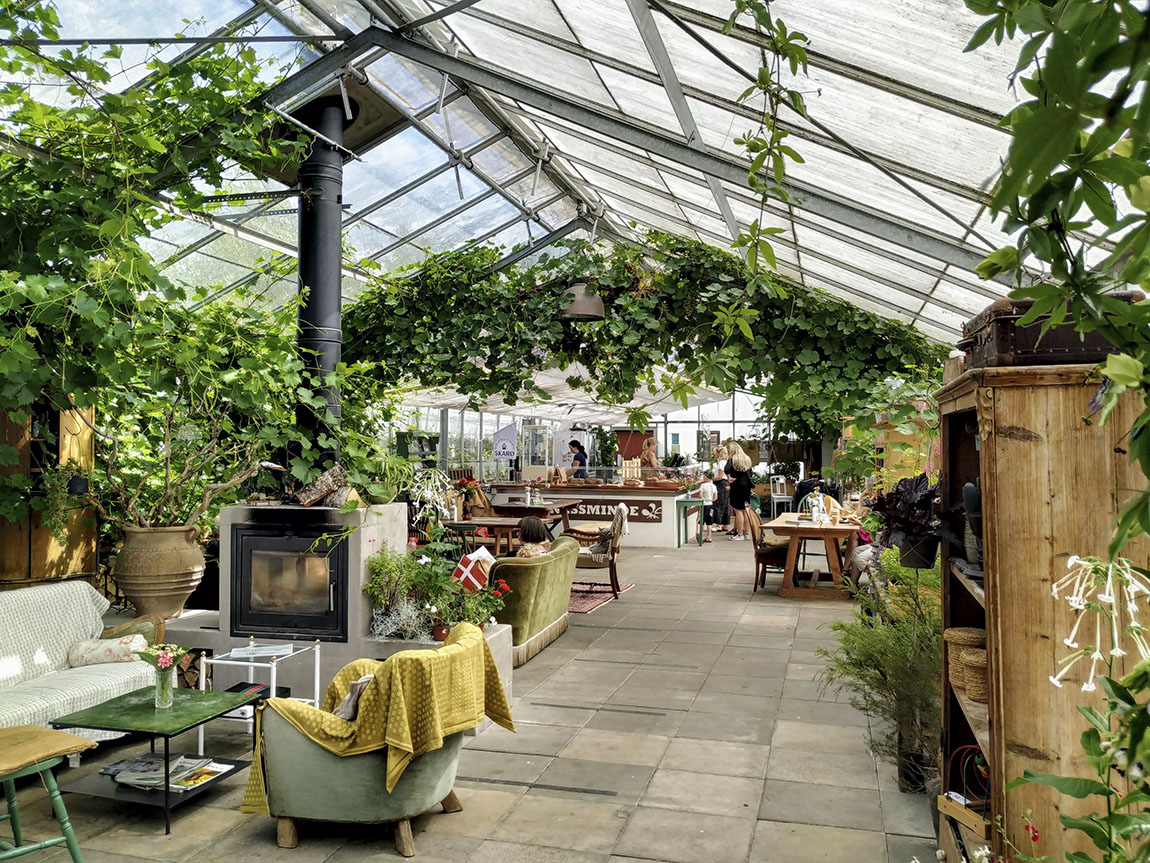
Web: www.gminde.dk Instagram: @grennessminde Facebook: Grennessminde
Subscribe to Our Newsletter
Receive our monthly newsletter by email

